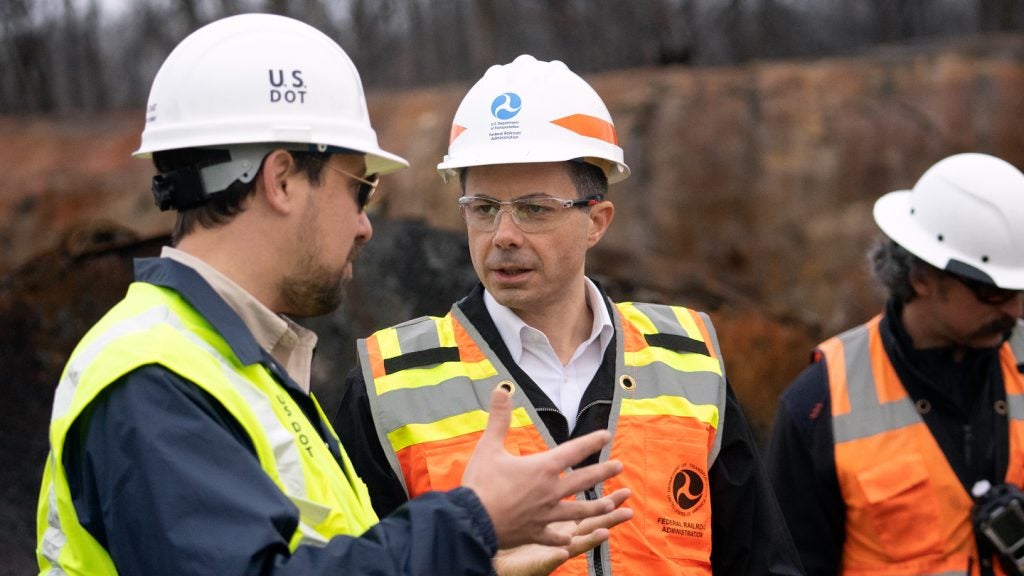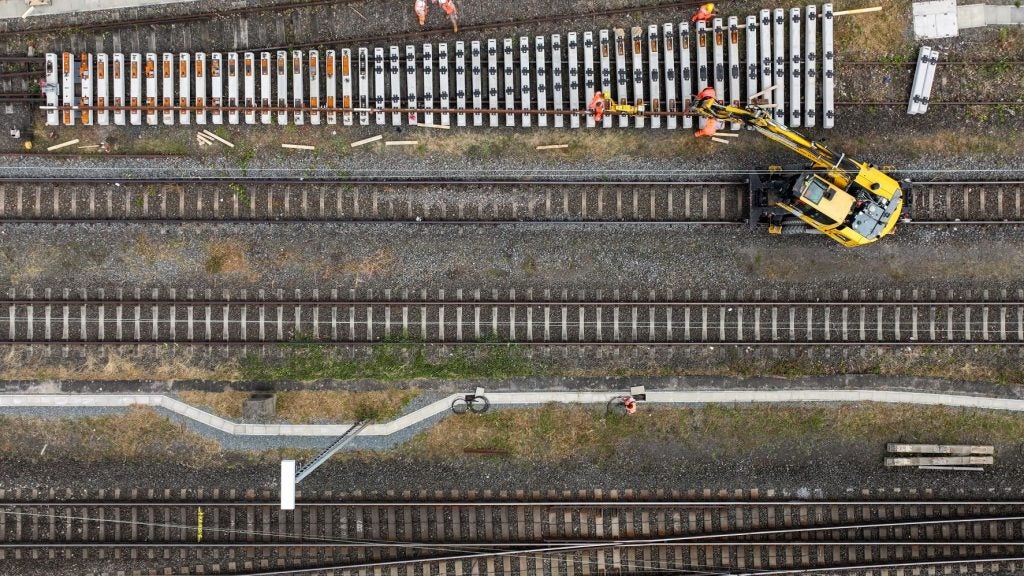
Swiss power and automation technology firm ABB has deployed a new substation communication technology to detect multiple faults on a new metro line in Ningbo, China.
According to the company, initial results have shown a major improvement in the reliability and stability of the power supply in the metro grid.
Currently, the Ningbo Metro Line 2 is in its test run and is expected to be operational by the end of the year providing transportation service to about 1.5 million commuters.
The Line 2 will ultimately have 22 stations which will be connected to the other metro lines in the Ningbo Rail Transit System and the city’s railway station and airport.
The company has spent two years developing and simulation-testing the new substation communication technology.
Based on the IEC 61850 protocol standard, the new technology supports network protection and control as well as allows shortened fault discovery times and faster recovery periods.
How well do you really know your competitors?
Access the most comprehensive Company Profiles on the market, powered by GlobalData. Save hours of research. Gain competitive edge.

Thank you!
Your download email will arrive shortly
Not ready to buy yet? Download a free sample
We are confident about the unique quality of our Company Profiles. However, we want you to make the most beneficial decision for your business, so we offer a free sample that you can download by submitting the below form
By GlobalDataThe substation communication technology, which is known as a smart selective trip solution, combines the company’s ZX2 40.5-kilovolt gas-insulated switchgear and REF620 relay with GOOSE-based communication technology.
Generic object oriented substation events (GOOSE) is part of the IEC 61850 standard and uses Ethernet-based object-oriented communication technology for substation automation.
In traditional setups, protection and control relays in substations could only communicate by hard-wired connections in linear sequence and this process is not only time-consuming but also insufficient for handling multiple faults in increasingly complex modern metro grids.
The GOOSE-enabled smart selective trip function equips these relays with peer-to-peer information sharing on demand, leading to shortened fault discovery times.
The technology went live on Line 2 in March, subsequently passing primary short-circuit fault simulation tests and if successful, implementation could eventually serve as a good reference for other metro lines.
Image: The Ningbo Metro Line 2 will run with the support of new ABB substation communication technology. Photo: courtesy of ABB







